Dr. Juárez first introduced the audience to the basics of neuroscience which cover white matter and neurons in the brain. Her overarching message was that neuroscience can’t explain art but art can help us understand neuroscience as it elicits different reactions in the brain. It is possible to understand the effects art has on the human mind through measuring brain activity using neuroimagery. This knowledge, as Dr. Juárez demonstrated, is beneficial not only to scientists in uncovering the therapeutic properties that art provides, but also to artists who, in knowing how the brain functions, can find artistic inspiration. She argued that artists are also neurologists as they can ‘manipulate phenomena’ to produce emotional reactions in their viewers.
Dr. Juárez’s research project ‘SINAPSIS’ comes under the banner of neuroaesthetics. This covers not only the relationship between art and the brain, but also dance, music and cinema, all of which are continuing to be researched alongside neuroscience. One such instance given was the synchronised brain state that jazz musicians can induce when they improvise together. Another artistic example discussed was Margaret Livingstone’s analysis of the Mona Lisa’s smile, which is famously ambiguous due to our brain’s capacity for visual fields. Looking at the painting head-on, her smile isn’t apparent, but in looking at it peripherally the painting becomes blurred, changing the contours of her mouth.
This session was also an opportunity to bust several pervasive myths surrounding the brain. The age-old belief that the right side of the brain is creative while the left side is wholly rational was revised by Dr. Juárez’s explanation that instead the two hemispheres are interconnected by trillions of networks and there is no such single area to point to for creativity. She also confirmed that there is no such thing as a ‘normal’ brain, and that there are many associations between neurodivergence and creativity, which she defines as ‘transforming or transcending the existent’.
‘Creativity and the Brain’ highlighted the importance of art to our mental wellbeing, and also provided a rare opportunity for the fields of art, philosophy and science to intersect. If you would like to learn more about Dr. Juárez’s research into neuroaesthetics, you can find her Youtube channel here, which has captioned videos that further uncover this fascinating subject.

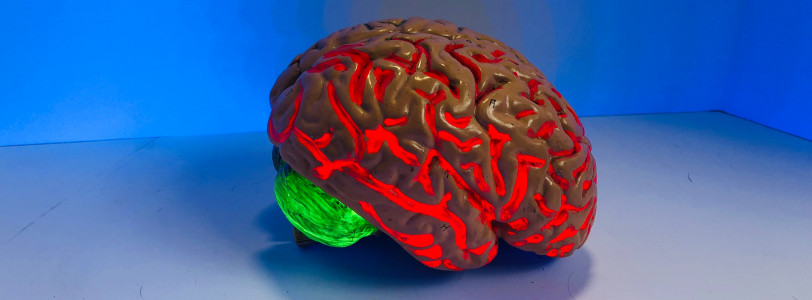
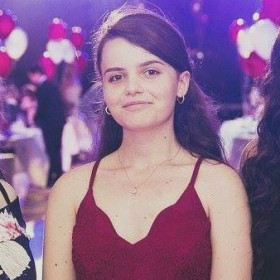
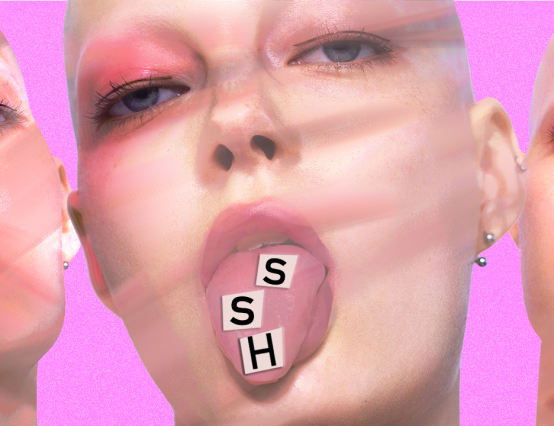
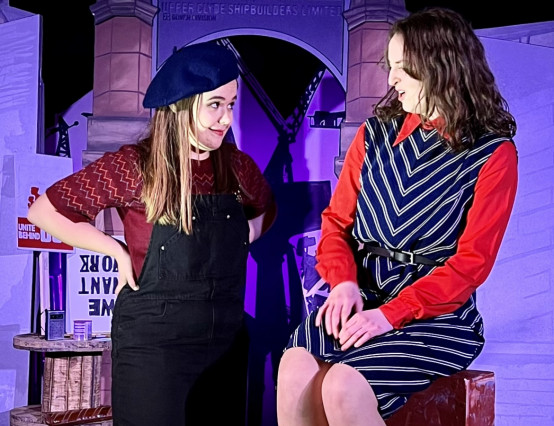
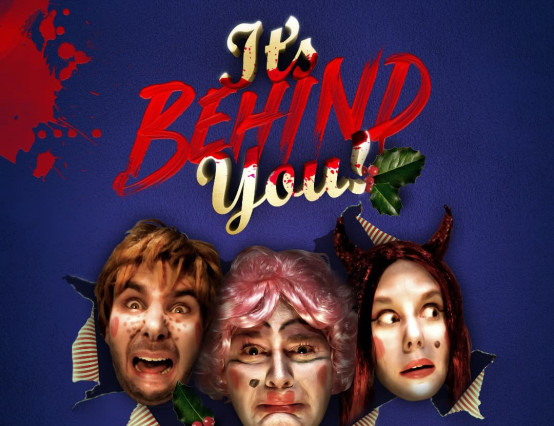


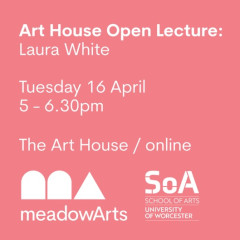
0 Comments